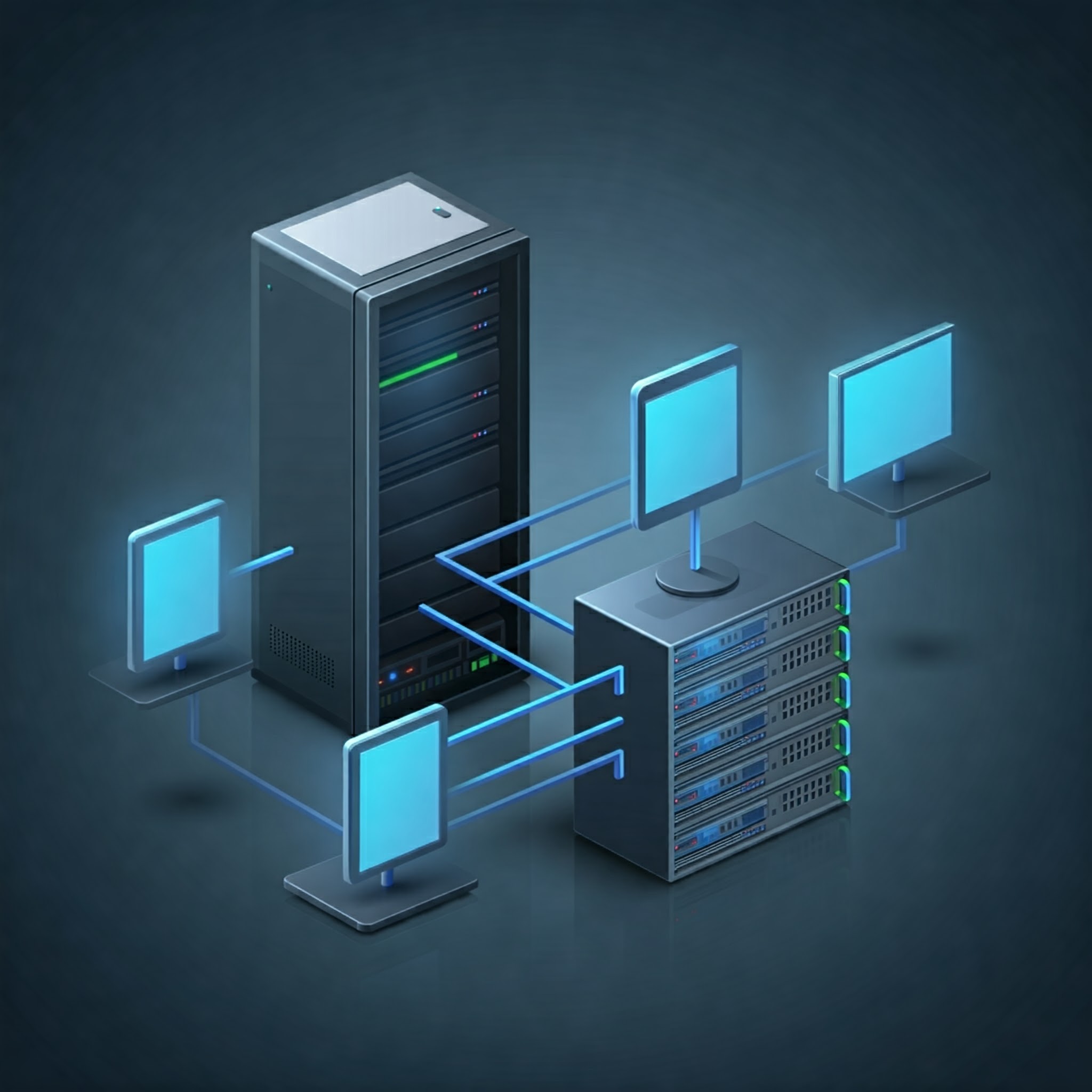Understanding Computer Networks and Their Applications
A network is a collection or set of computing devices connected to one another to establish communication and share available resources. A network comprises software and hardware devices. You can have a network even if you are not connected to the internet. Computer networks make it possible for people to transfer files from one place to another and to communicate in the shortest time possible.Computer Network Applications
Computer network applications are software applications that utilize the Internet or other network hardware infrastructure to perform useful functions, such as file transfers within a network. They help us to transfer data from one point to another within the network.Pure Network Applications
These are applications created to be used in networks; using pure network applications on a single computer doesn’t make sense. They help us to transfer data and communicate within a network. Such applications have a separate and distinct user interface that users must learn.Email Programs
They allow users to type messages at their local nodes and then send them to someone on the network. It is a fast and easy way of transferring mail from one computer to another. Examples of Email Programs:- Pegasus Mail
- Outlook Express
- Eudora
- Windows Mail
- Fox Mail
- Opera
- Poco Mail
- Mozilla Thunderbird
File Transfer Protocol (FTP)
This application facilitates the transfer of files from one computer to another, e.g., from a client to a server. Processes Involved in FTP:- Downloading: Obtaining files from a server to a workstation or a client.
- Uploading: Transferring files from a workstation to a server.
- FTP in Unix
- FTP in Linux
- FTP in Windows
Terminal Emulation (TELNET)
It allows a workstation to access the server for an application program. This enables you to control the server and communicate with other servers on the network. The workstation appears as a dumb terminal that is directly attached to the server.Groupware
These applications are used to automate the administrative functions of a modern office, such as video conferencing and chatting. They facilitate the work of groups and improve their productivity.- Video Conferencing: Conducting a conference between two or more participants at different sites by using computer networks to transmit audio and video data.
- Chatting: Real-time communication between two users via computer.

Stand-Alone Applications
These are applications that run on stand-alone computers (computers not connected to any other). They function even when the computer is offline. Examples include word processors, spreadsheets, database management systems, presentations graphics, project management, etc.Business Applications of Computer Networks
- Resource Sharing:
- Server-Client Model:
- Communication Medium:
- eCommerce:
| Business Application | Description |
|---|---|
| Resource Sharing | Sharing programs, equipment, and data |
| Server-Client Model | Accessing remote data stored on servers |
| Communication Medium | Daily communication through email |
| eCommerce | Online business transactions |

Home Applications of Computer Networks
Some important uses of the Internet for home users include:- Access to remote information
- Person-to-person communication
- Interactive entertainment
- Electronic commerce
Mobile Users
Mobile computers, such as notebook computers and mobile phones, are one of the fastest-growing segments of the computer industry. Wireless networking and mobile computing are often related, but not identical.Uses of Computer Networks
Computer networks have become invaluable to organizations and individuals. Some of its main uses are:- Information and Resource Sharing:
- Retrieving Remote Information:
- Speedy Interpersonal Communication:
- E-Commerce:
- Highly Reliable Systems:
- Cost-Effective Systems:
- VOIP:


